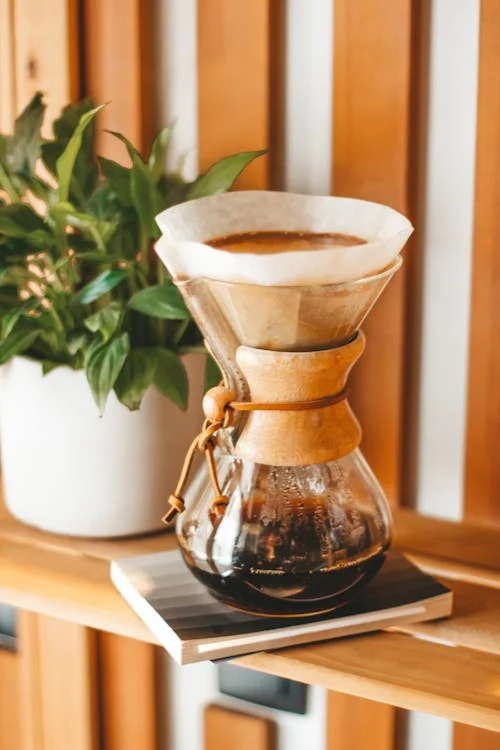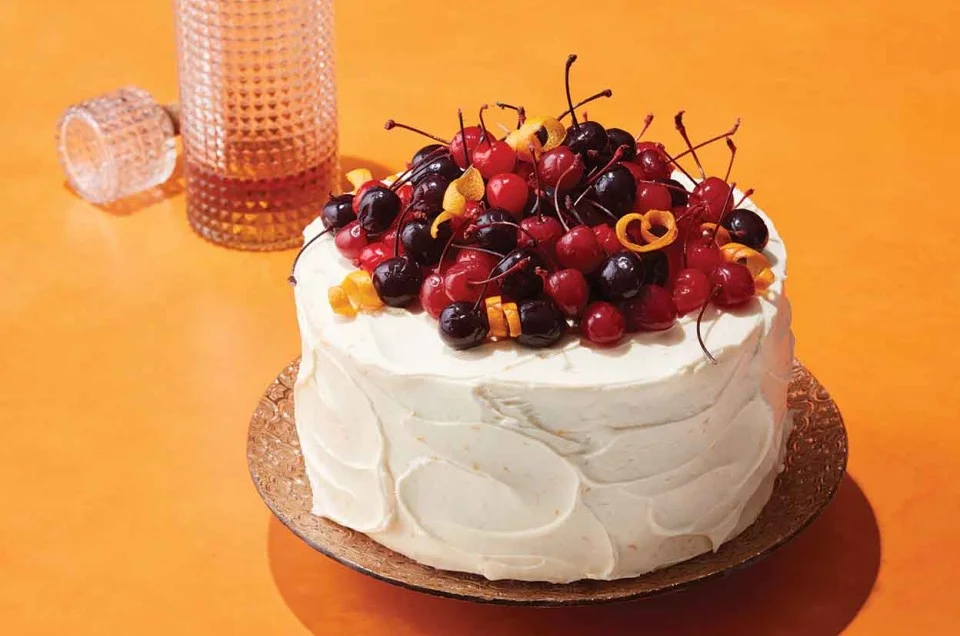Introduction
There’s something deeply satisfying about the smell of freshly baked bread wafting through the air. For many, bread making is more than just a culinary task—it’s a therapeutic experience that connects us with a tradition as old as civilization itself. Whether you’re a novice baker or an experienced one, understanding the nuances of bread making can elevate your skills and help you produce loaves that are not only delicious but also beautifully crafted. In this guide, we’ll delve into five essential tips to make the best bread possible, as highlighted in the insightful article from https://me-encantas.com/2021/05/18/5-consejos-para-hacer-el-mejor-pan. These tips will set you on the path to baking perfection,k ensuring that your bread-making journey is both enjoyable and rewarding.
The Magic of High-Quality Ingredients

Every great bread starts with great ingredients. While it may be tempting to skimp on the basics, the quality of your flour, yeast, water, and salt will directly impact the final product. According to https://me-encantas.com/2021/05/18/5-consejos-para-hacer-el-mejor-pan, selecting the right ingredients is the first and perhaps most crucial step in making exceptional bread.
1. Choosing the Right Flour
Flour is the backbone of your bread, and different types of flour will yield different results. Bread flour, for example, is high in protein, which helps create the gluten structure necessary for a chewy texture and a good rise. On the other hand, all-purpose flour can work for softer loaves but won’t give you the same structural integrity. Whole wheat flour adds a nutty flavor and a denser crumb, making it ideal for hearty, rustic loaves. The key is to experiment with different flours to find the one that best suits the type of bread you want to bake.
2. Freshness Matters
The freshness of your ingredients cannot be overstated. Using fresh yeast ensures a strong rise and a more flavorful bread, while fresh flour retains more nutrients and natural flavors. The article on https://me-encantas.com/2021/05/18/5-consejos-para-hacer-el-mejor-pan emphasizes the importance of checking the expiration dates and storage conditions of your ingredients. Proper storage—keeping your flour in a cool, dry place and your yeast in the fridge—will help maintain their freshness and effectiveness.
The Art of Dough Making
Once you’ve gathered your ingredients, the next step is to transform them into dough. This is where the magic happens—where simple ingredients come together to create something greater than the sum of their parts. The process of mixing, kneading, and fermenting dough is both an art and a science, and mastering it is key to making great bread.
3. Perfecting the Knead
Kneading is crucial for developing the gluten structure that gives bread its texture and rise. Over-kneading can result in a tough loaf, while under-kneading may leave you with a dense, heavy bread. The advice from https://me-encantas.com/2021/05/18/5-consejos-para-hacer-el-mejor-pan suggests kneading the dough until it becomes smooth and elastic. A good rule of thumb is to knead for about 10 minutes by hand or 5 minutes if you’re using a stand mixer. The dough should pass the “windowpane test,” where a small piece of dough can be stretched into a thin, translucent sheet without tearing.
4. Fermentation and Patience
Fermentation is where your dough transforms and develops flavor. It’s important to give your dough enough time to rise, as this allows the yeast to do its work, producing carbon dioxide and alcohol that contribute to the bread’s flavor and texture. Depending on the type of bread, fermentation can take anywhere from an hour to overnight. The article on https://me-encantas.com/2021/05/18/5-consejos-para-hacer-el-mejor-pan recommends a slow, cool fermentation for deeper flavor development. Patience is key here—rushing this process can result in a bland loaf.
Baking to Perfection

The final step in your bread-making journey is baking, where all your hard work comes together to produce a beautiful loaf. This step involves more than just throwing the dough in the oven—it requires attention to detail and an understanding of how heat affects your bread.
5. Mastering Oven Temperature and Timing
Baking bread requires a hot, preheated oven to ensure a good rise and a well-browned crust. Too low a temperature and your bread may turn out pale and undercooked; too high, and you risk burning the outside while leaving the inside raw. https://me-encantas.com/2021/05/18/5-consejos-para-hacer-el-mejor-pan advises using an oven thermometer to ensure your oven is at the correct temperature. Generally, bread should be baked at 375°F to 450°F (190°C to 230°C), depending on the type of bread. Additionally, steaming your oven—by placing a pan of water at the bottom or spraying water inside before loading the dough—can help achieve a crisp, golden crust.
Troubleshooting Common Issues
Even experienced bakers encounter challenges in bread making. From dough that won’t rise to loaves that turn out too dense, understanding how to troubleshoot these issues is essential to improving your skills.
6. Dealing with Sticky or Dry Dough
If your dough is too sticky, it could be due to high hydration or overproofing. Adding a little more flour during kneading can help manage stickiness. On the other hand, if your dough is too dry, it may not rise properly or develop the right texture. In this case, you can add small amounts of water until the dough reaches the desired consistency. The insights provided by https://me-encantas.com/2021/05/18/5-consejos-para-hacer-el-mejor-pan highlight the importance of balancing hydration levels to achieve the perfect dough.
7. Fixing a Dense Loaf
A dense loaf can result from several factors, including insufficient kneading, not enough rise time, or using old yeast. Ensure that your yeast is fresh and active, and give your dough plenty of time to rise. Kneading thoroughly helps develop gluten, which traps air and gives the bread its structure. The tips from https://me-encantas.com/2021/05/18/5-consejos-para-hacer-el-mejor-pan suggest allowing your dough to rise until it has doubled in size before shaping and baking.
Adding Your Personal Touch

Once you’ve mastered the basics, the real fun begins—experimenting with different flavors, shapes, and types of bread. Whether you want to make a classic sourdough or a flavorful focaccia, the possibilities are endless.
8. Incorporating Flavors and Add-Ins
Bread is incredibly versatile, and you can enhance its flavor by adding herbs, spices, seeds, or even cheese and nuts. The article on https://me-encantas.com/2021/05/18/5-consejos-para-hacer-el-mejor-pan encourages bakers to get creative with their loaves. For example, adding rosemary and garlic to your dough can create a fragrant, savory bread, while incorporating dried fruits and nuts can add texture and sweetness.
9. Exploring Different Bread Types
From baguettes to brioche, each type of bread has its unique characteristics and requires slightly different techniques. https://me-encantas.com/2021/05/18/5-consejos-para-hacer-el-mejor-pan provides a great starting point, but don’t be afraid to branch out and try new recipes. Understanding the basics allows you to explore more complex bread-making techniques and produce a wide variety of delicious loaves.
Conclusion
Bread making is a rewarding and creative process that allows you to connect with a culinary tradition that spans centuries. By following the tips outlined in https://me-encantas.com/2021/05/18/5-consejos-para-hacer-el-mejor-pan, you can elevate your bread-making skills and produce loaves that are not only delicious but also a true reflection of your personal style. Whether you’re baking for yourself, your family, or to share with friends, the joy of slicing into a warm, freshly baked loaf is unmatched. With patience, practice, and a little creativity, you can master the art of bread making and enjoy the satisfaction that comes with crafting something truly special.
